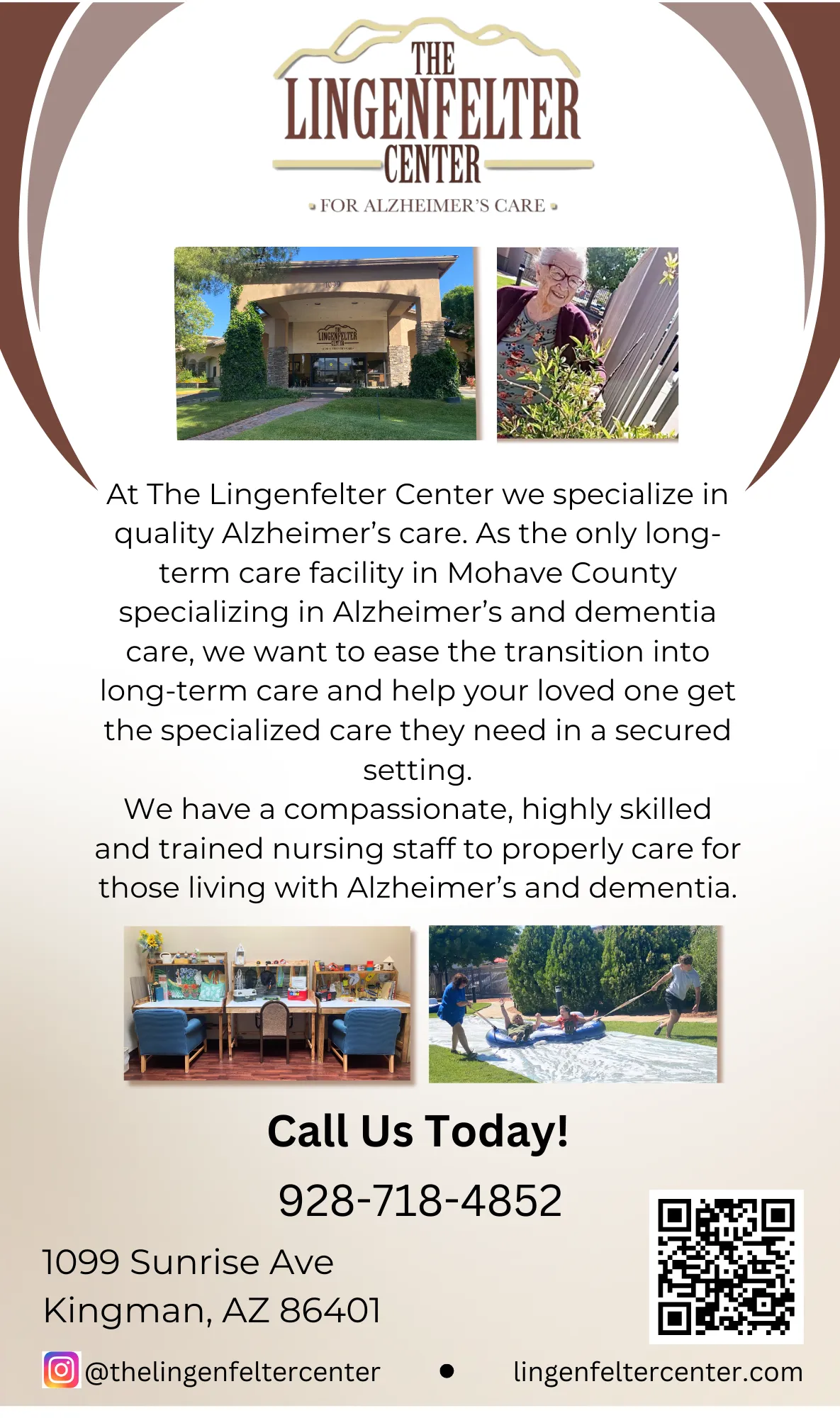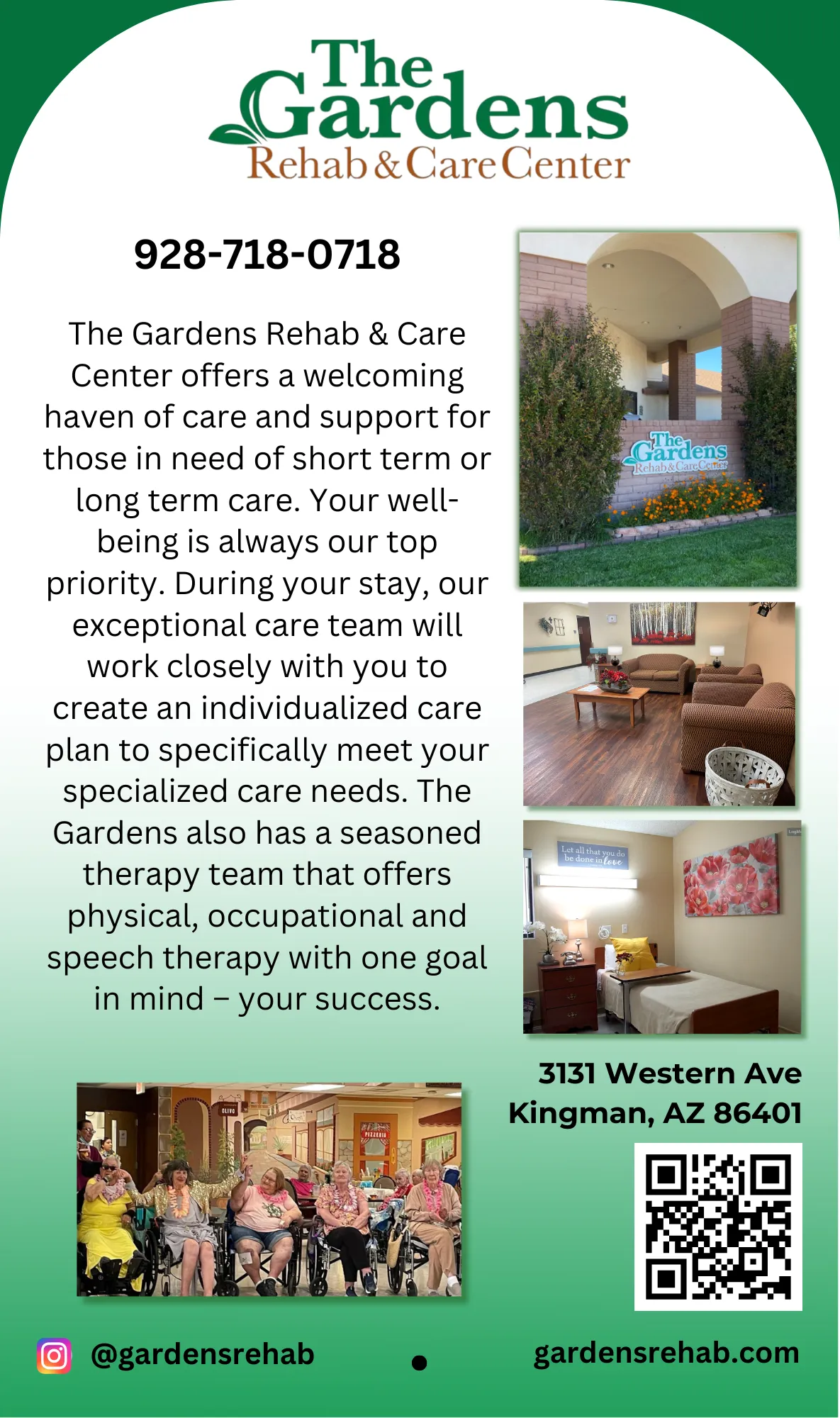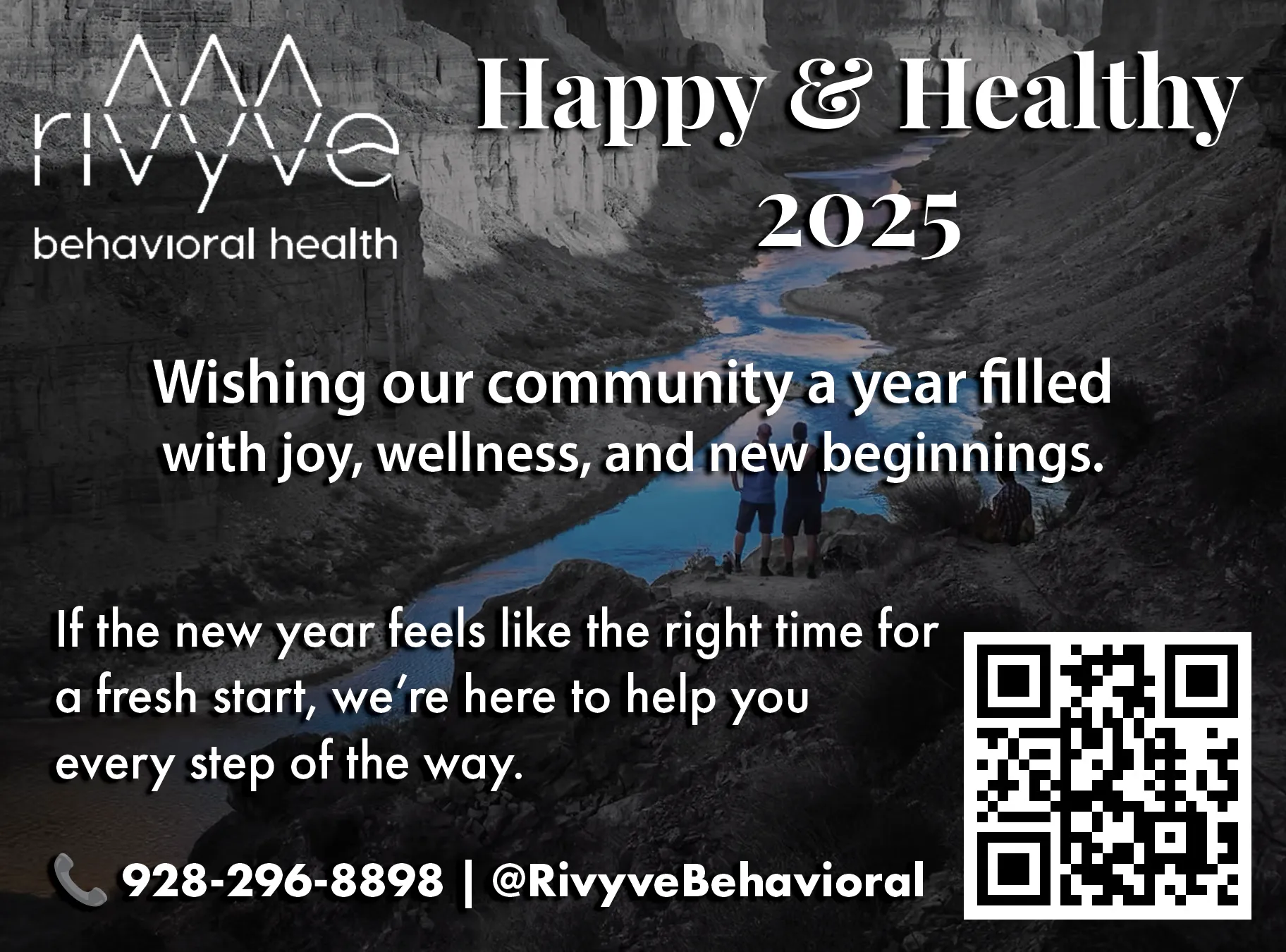ARIZONA — Arizona Governor Katie Hobbs announced the launch of a special task force to address the state’s growing shortage of healthcare professionals, particularly in rural areas. The initiative, part of the broader Talent Ready AZ workforce development program, aims to bring together stakeholders from various state agencies to develop comprehensive strategies for attracting and retaining physicians, nurses, and other critical healthcare workers.
The Scope of Arizona’s Healthcare Shortage
Arizona’s healthcare system is facing a significant challenge in meeting the needs of its growing population, with every county in the state experiencing a shortage of primary care physicians. The situation is particularly dire in rural communities, where patients often wait weeks or even months to see a provider.
According to Libby De Bie, chief executive officer of the Arizona Medical Association, the state is expected to have a gap of approximately 4,000 physicians by 2032. This shortage not only affects access to primary care but also limits the availability of specialty services, forcing some healthcare facilities to rely on out-of-state providers.
Jackie Lundblad, President and CEO of Wickenburg Community Hospital and Clinics, which serves a vast 3,300-square-mile area, highlighted the challenges faced by rural healthcare providers. “For us, patients are waiting about three weeks to see a primary care provider,” she stated. To meet the demand for specialty care, the hospital has resorted to flying in hand surgeons from Denver and orthopedic surgeons from Modesto, California, on a regular basis.
Governor Hobbs’ Initiative
Recognizing the urgency of the situation, Governor Hobbs has made addressing the healthcare workforce shortage a priority. The newly launched task force, which will operate under the umbrella of the Talent Ready AZ initiative, will bring together stakeholders from various state agencies to develop a comprehensive approach to the problem.
“They are really looking to bring in stakeholders across all of the state agencies to address this from a comprehensive perspective,” explained De Bie, expressing optimism about the potential impact of the task force.
In addition to the task force, Governor Hobbs has mandated that at least 1% of federal grants to the state be allocated toward workforce development efforts. This commitment to investing in the healthcare workforce is seen as a critical step in addressing the current shortages and ensuring the long-term sustainability of Arizona’s healthcare system.
Current Coping Strategies
As the task force begins its work, healthcare providers across Arizona are employing various strategies to cope with the physician shortage and ensure that patients receive the care they need.
In Wickenburg, the community hospital relies heavily on nurse practitioners, physician assistants, and telehealth services to bridge the gap in primary care. Lundblad suggested that easing certain regulations could help healthcare facilities make better use of these alternative providers, allowing them to serve more patients and reduce wait times.
However, the consequences of delayed care due to physician shortages can be severe. “We see this in our more rural parts of our service area where they just wait so long to get any healthcare, that by the time they actually seek help, they’re in a really bad state,” Lundblad noted, emphasizing the potential life-and-death implications of limited access to care.
A Collaborative Approach to Solutions
As Arizona grapples with its healthcare workforce shortage, it is clear that addressing the issue will require a collaborative effort involving state agencies, healthcare providers, educational institutions, and other stakeholders. The task force launched by Governor Hobbs represents a critical first step in bringing these groups together to develop innovative solutions.
In addition to attracting new physicians and nurses to the state, the task force will likely explore strategies for retaining existing healthcare professionals, improving working conditions, and investing in education and training programs to develop a pipeline of future providers.
The use of technology, such as telehealth services, may also play an increasingly important role in extending the reach of Arizona’s limited healthcare workforce, particularly in rural areas. With the launch of Governor Hobbs’ task force and the allocation of resources toward workforce development, the state has demonstrated its determination to tackle this critical issue head-on.
–Jeremy Webb






















